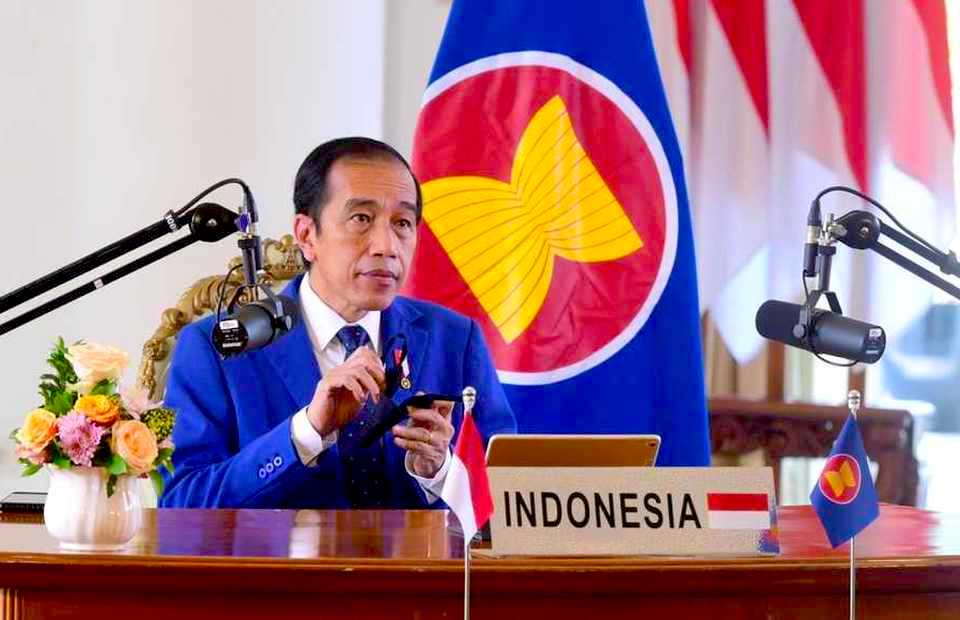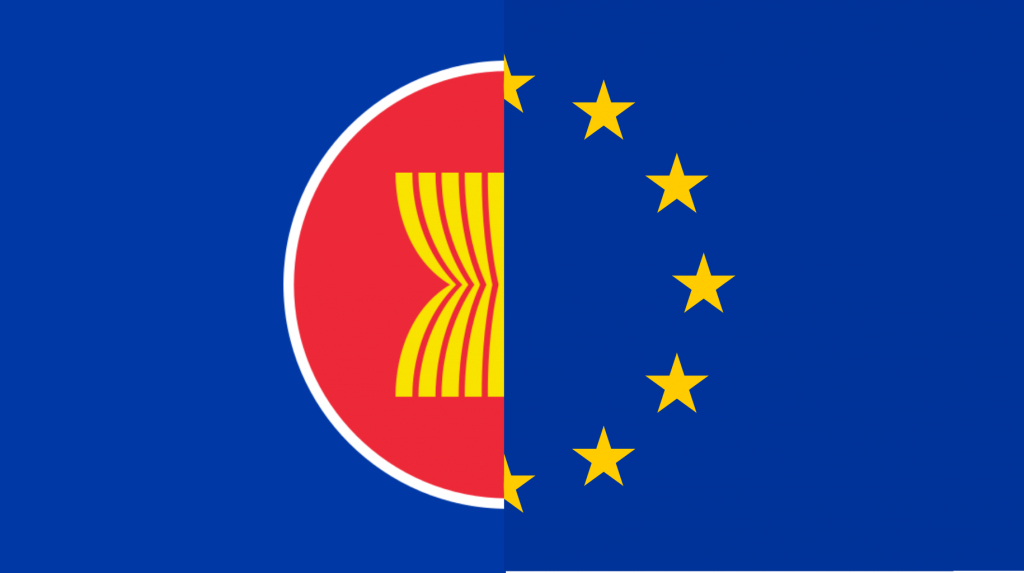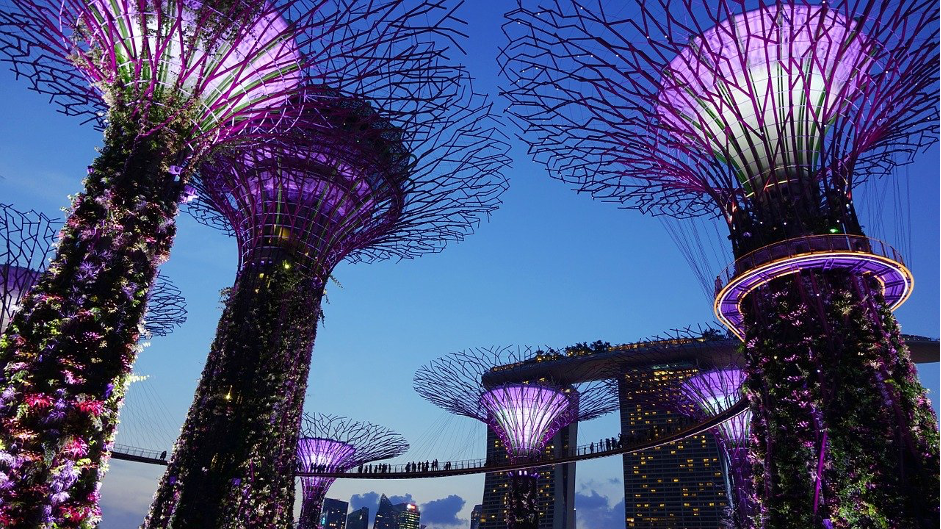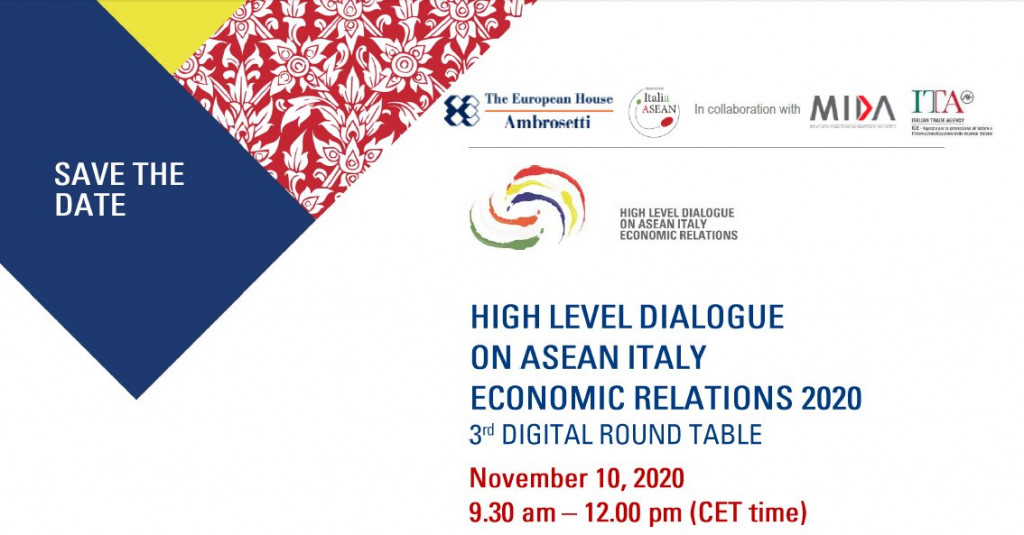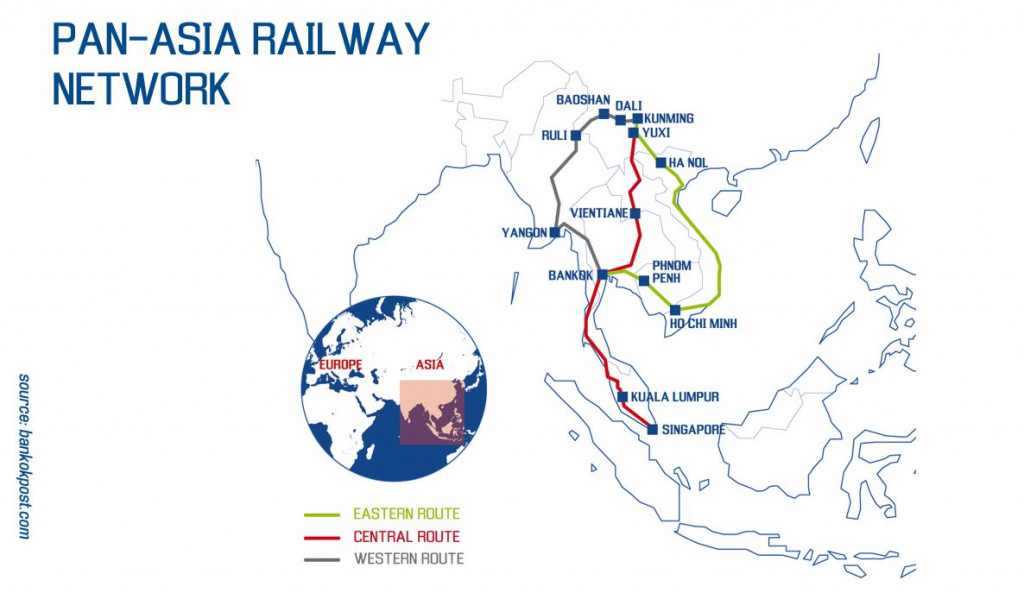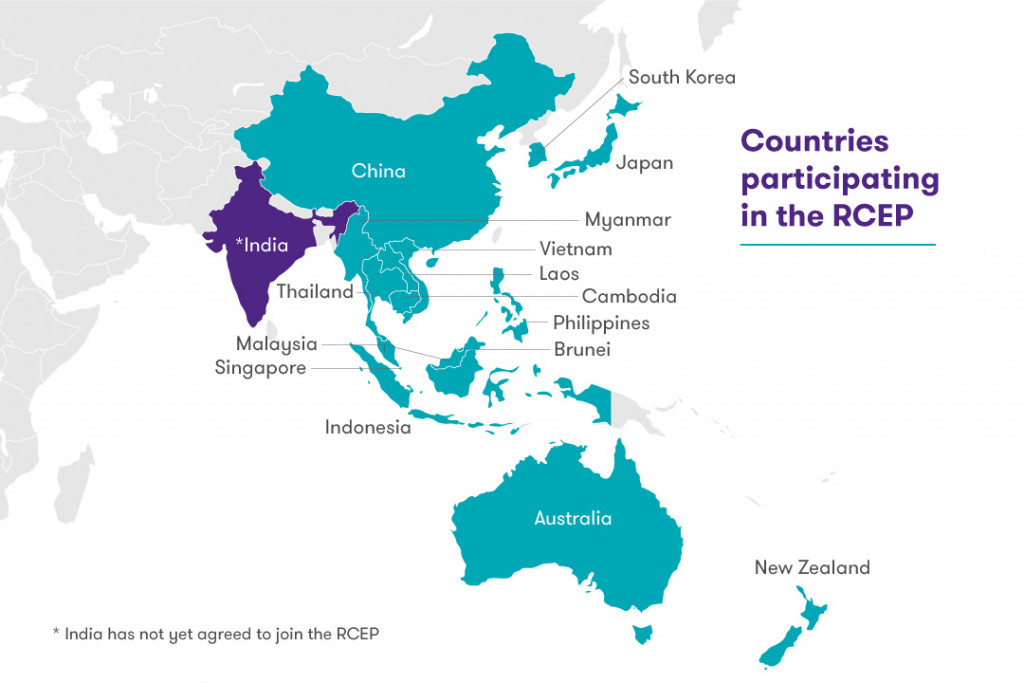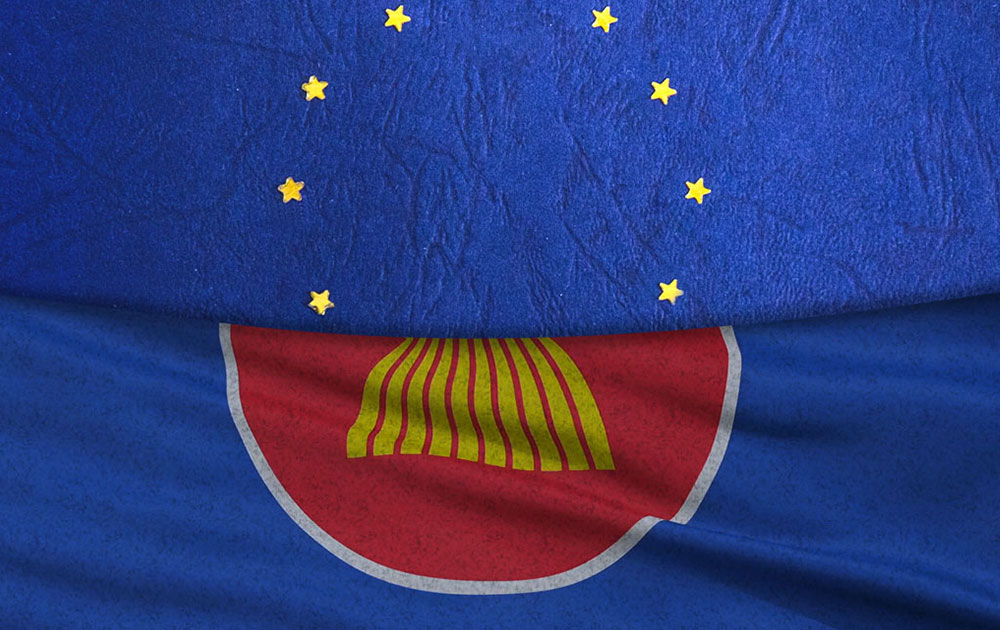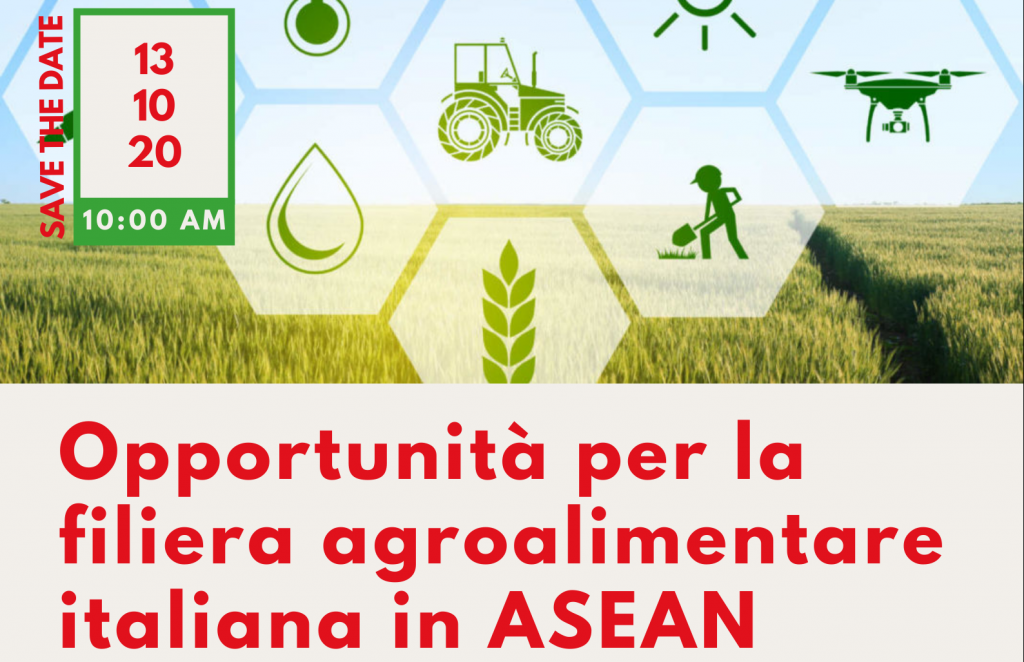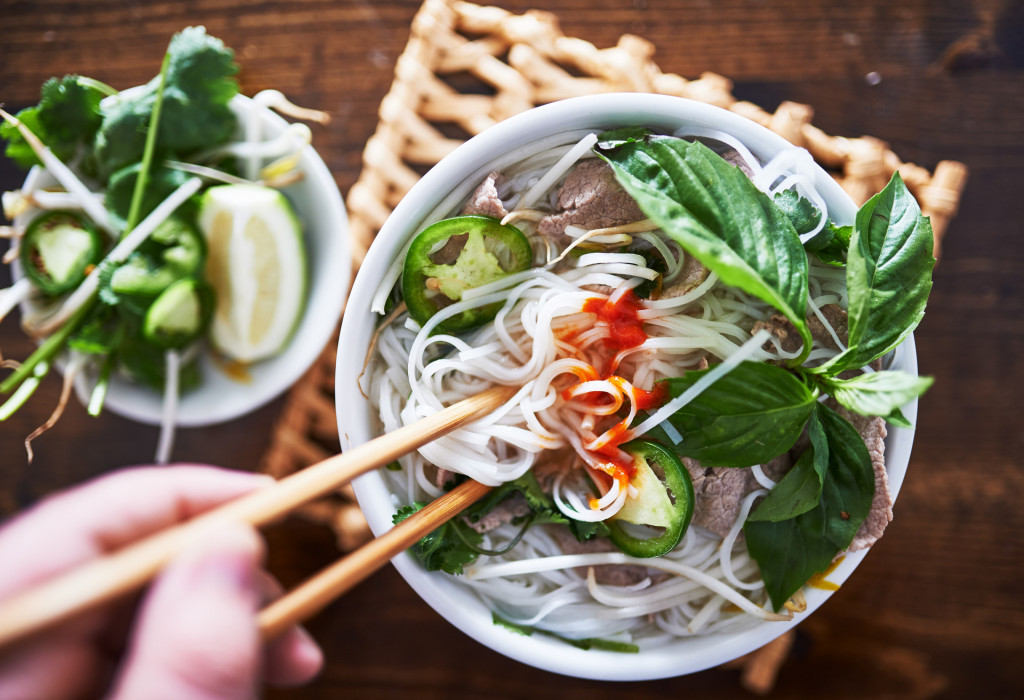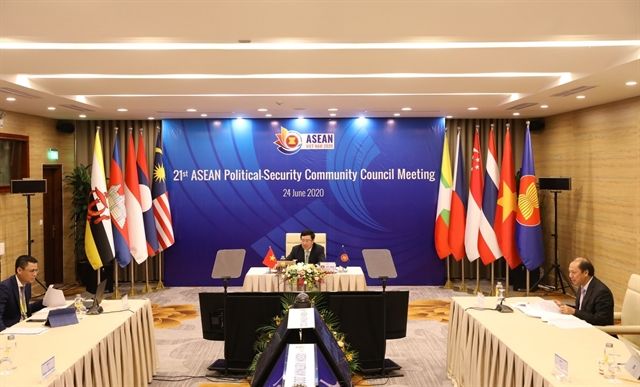L’Indonesia cerca di trarre vantaggio dall’adesione alla RCEP mentre è alle prese con problemi di infrastrutture e investimenti
La firma della Regional Comprehensive Economic Partnership (RCEP) avvenuta il 15 novembre segna un’importante tappa nella storia recente dell’Indonesia. Dopo otto anni di negoziati, i dieci Stati membri dell’ASEAN insieme a Cina, Giappone, Corea del Sud, Australia e Nuova Zelanda, hanno finalmente firmato un accordo commerciale destinato a diventare il più grande della storia. Il trattato infatti creerà un mercato di circa 2,1 miliardi di consumatori, equivalente al 30% del PIL globale.
L’obiettivo della RCEP è quello di creare un partenariato economico reciprocamente vantaggioso per ciascuno dei Paesi partecipanti grazie all’abbassamento delle tariffe, alla semplificazione delle procedure doganali e alla stesura di regolamenti economici comuni. Per l’Indonesia, l’adesione alla RCEP non solo aprirà le porte a una vasta gamma di opportunità commerciali future, ma nell’immediato servirà al Paese per rimettere in sesto un’economia pesantemente colpita dalla pandemia di Covid-19. Molti economisti stanno tuttavia ancora cercando di prevedere tutte le possibili implicazioni che un accordo così ambizioso comporterà per il mercato indonesiano.
Uno degli obiettivi immediati della RCEP è consentire alle merci di circolare in modo più efficiente attraverso i 15 Paesi membri. Ciò comporterebbe un indubbio vantaggio per Jakarta, poiché le attività commerciali di queste nazioni hanno rappresentato il 57% delle esportazioni totali dell’Indonesia e il 67% delle sue importazioni totali nel 2019. Inoltre, il 66% degli investimenti diretti esteri proviene da diversi Paesi firmatari quali Singapore, Cina, Giappone, Malesia e Corea del Sud. Tuttavia, per sfruttare al meglio i vantaggi dell’accordo, l’Indonesia ha bisogno di adeguare il suo sistema infrastrutturale.
Anche prima della pandemia di Covid-19, la crescita economica del Paese è stata spesso rallentata da questo fattore. Nel 2017, la Banca Mondiale ha stimato che l’Indonesia dovrà investire circa 500 miliardi di dollari nei prossimi 5 anni per colmare il suo divario infrastrutturale. Secondo gli esperti, una delle possibili soluzioni è quella di sfruttare maggiormente le iniziative infrastrutturali lanciate dai governi dell’Asia-Pacifico. Questi includono la cinese Belt & Road Initiative, la Partnership for Quality Infrastructure del Giappone, e l’istituzione della Banca Asiatica di Investimento per le Infrastrutture sponsorizzata da Pechino.
La partecipazione a queste iniziative multilaterali non è tuttavia esente da rischi, e il governo indonesiano deve tenere conto dei risvolti geopolitici. In quanto uno dei principali Paesi del Sud-Est asiatico, l’Indonesia ha un mercato interno che fa gola alle altre potenze del continente asiatico e del mondo. Un esempio è il progetto della ferrovia ad alta velocità Jakarta-Bandung, la cui gara per la costruzione ha causato frizioni tra il Giappone e la Cina, entrambe interessate all’appalto. A vincere alla fine è stata Pechino, che ha offerto tassi di prestito più bassi e una tempistica più breve il completamento dell’opera.
La partecipazione alla RCEP contribuirà senza dubbio ad aumentare degli investimenti esteri diretti verso l’Indonesia. In passato, le rigide leggi sul lavoro hanno indotto molte aziende straniere a ridurre i propri investimenti; per risolvere questo problema, il governo ha introdotto quest’anno una nuova riforma, la Legge Omnibus, che mira a facilitare le attività economiche nel Paese modificando ben 76 leggi esistenti. Sono incluse tra le varie norme la riduzione della burocrazia, l’allentamento delle restrizioni sugli investimenti stranieri e l’abrogazione di alcune leggi sul lavoro.
Nonostante gli sforzi del governo, il progetto ha ricevuto severe critiche da vari gruppi sociali, poiché il disegno di legge taglia alcune protezioni sociali e allenta le norme ambientali, aumentando il rischio deforestazione e inquinamento. Tuttavia, è ancora troppo presto per vedere l’impatto a lungo termine del disegno di legge, in quanto tutto dipende dalle modalità di attuazione. La Legge Omnibus potrebbe effettivamente portare a un clima migliore per gli investimenti in Indonesia e quindi creare più posti di lavoro, ma deve essere sostenuta da una solida esecuzione e da un ampio monitoraggio da parte del governo.
Sulla base di quanto descritto è chiaro che fare affidamento solo sulla RCEP non è sufficiente, né per la ripresa post-pandemia, né per lo sviluppo economico a lungo termine dell’Indonesia. Per trarre il massimo vantaggio da questo accordo, il Paese deve sostenerlo con una solida pianificazione infrastrutturale e un quadro normativo moderno, entrambe grandi priorità per l’attuale governo. Una volta raggiunti questi obiettivi, l’Indonesia otterrà significativi benefici economici, aumentando la propria competitività e integrandosi maggiormente nella regione Asia-Pacifico.
By Rizka Diandra
Translated by Andrea Passannanti

